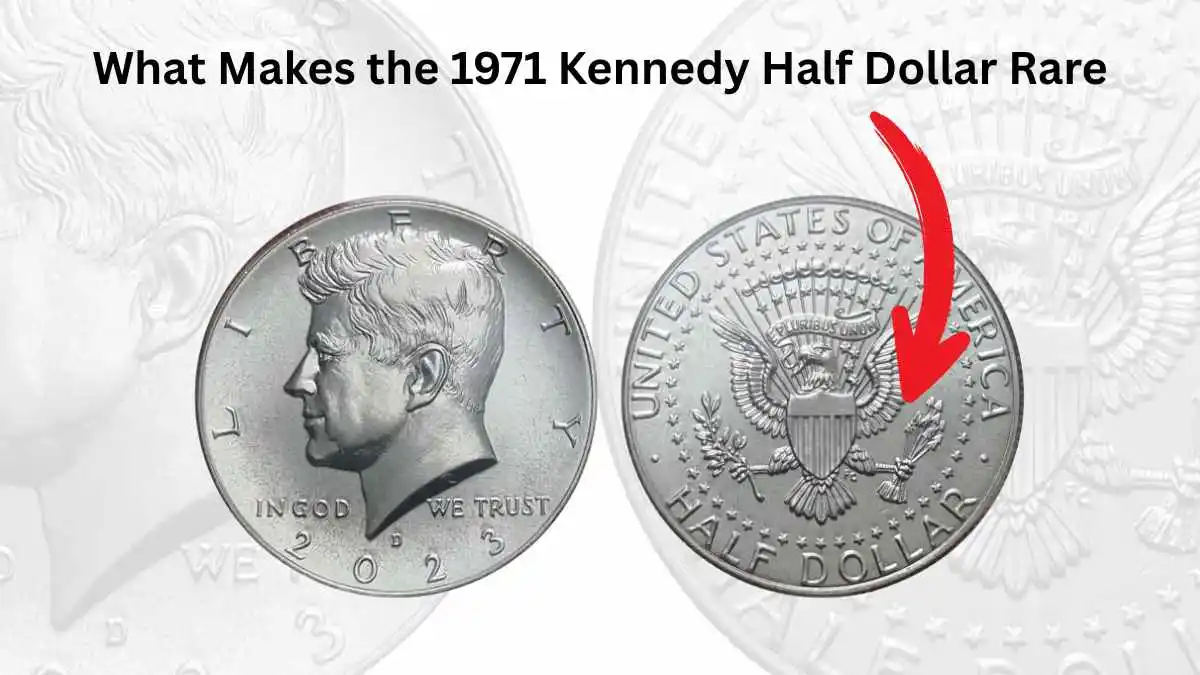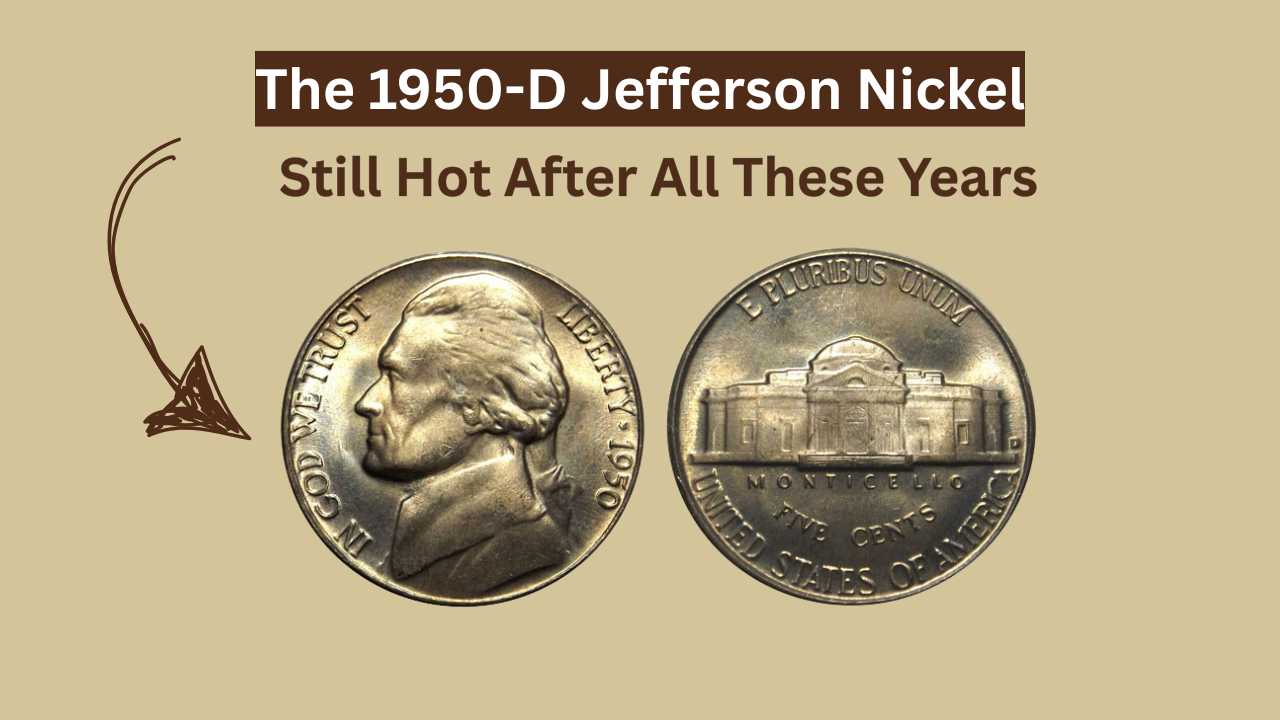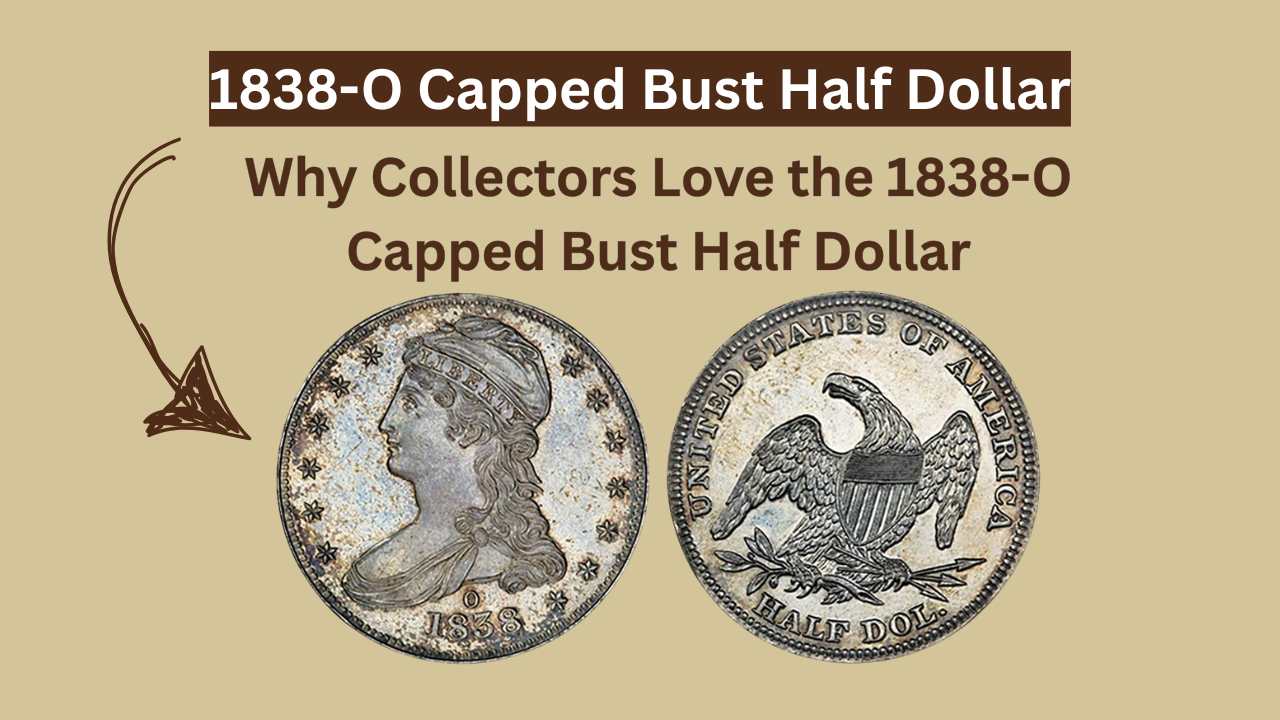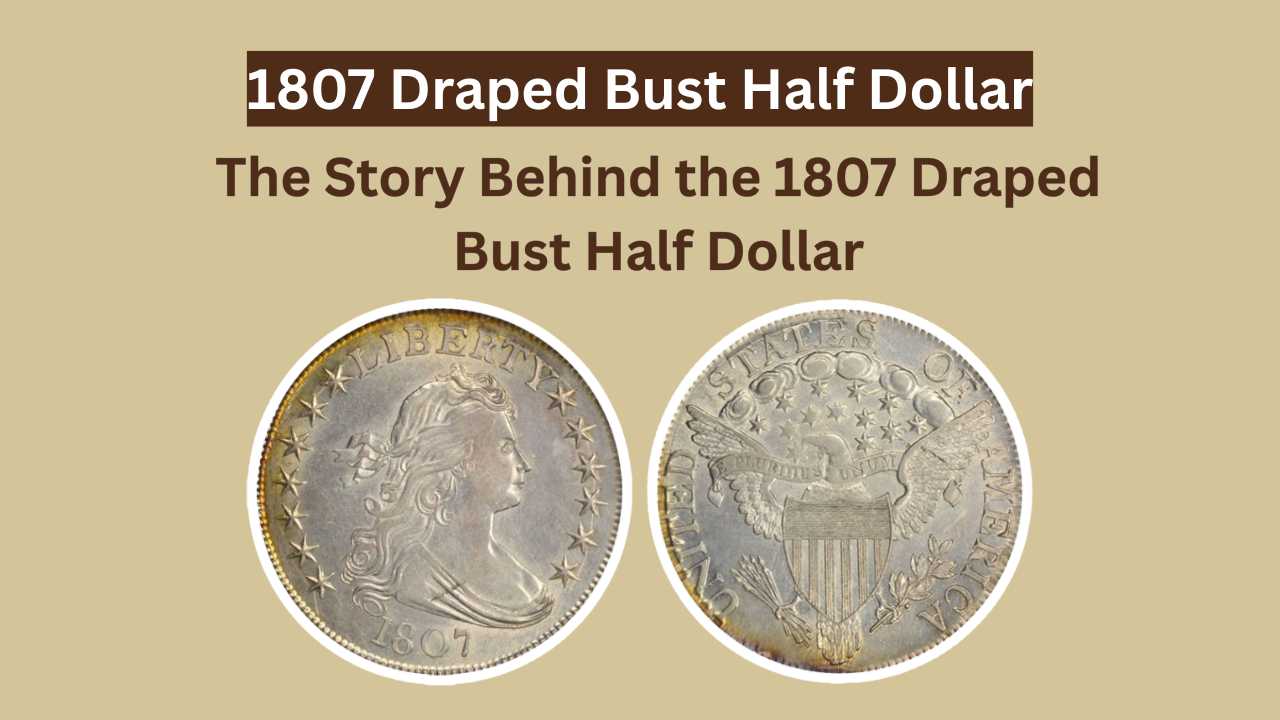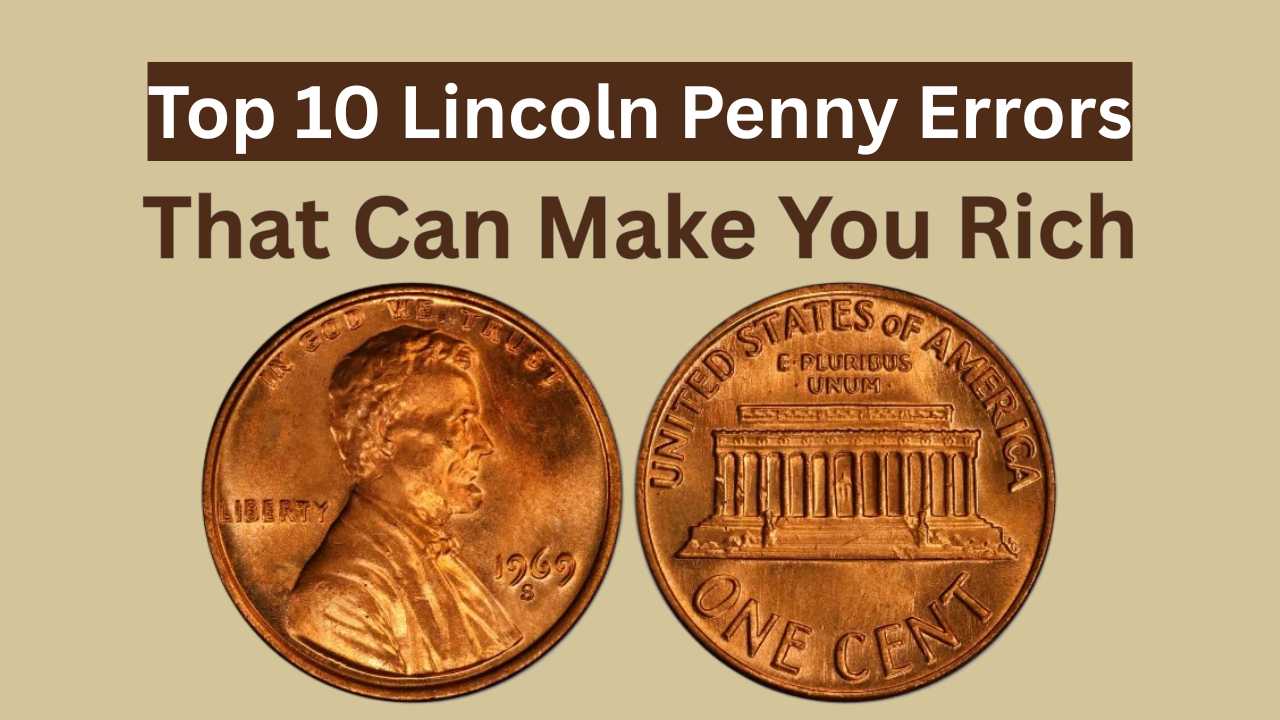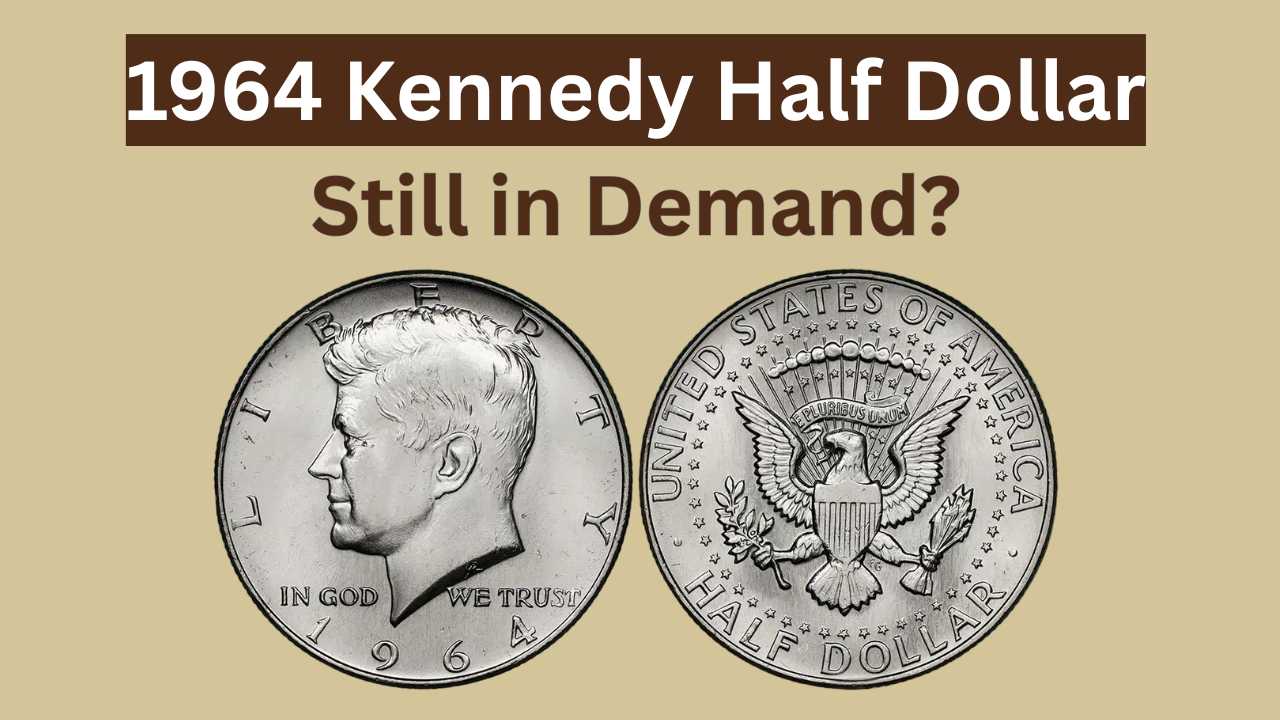The 1971 Kennedy Half Dollar may seem like just another coin in your change jar, but for collectors and coin enthusiasts, it holds a world of intrigue, history, and potential value. Struck during a time of transition for U.S. coinage, this particular year’s half dollar carries subtle nuances that make some examples rare, sought-after, and even surprisingly valuable. Whether you inherited a dusty coin collection or stumbled upon one in your pocket, understanding what makes a 1971 Kennedy Half Dollar rare could unlock a fascinating journey into U.S. numismatics—and perhaps even a profitable treasure.
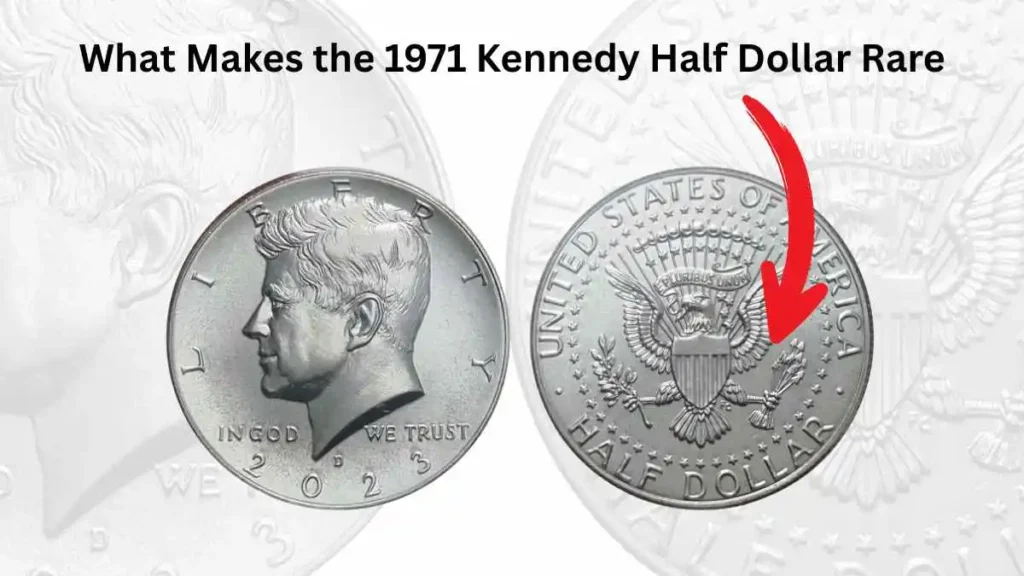
The Historical Significance of the 1971 Kennedy Half Dollar
The Kennedy Half Dollar has always been more than just currency; it is a symbol of American history and resilience. First minted in 1964 to honor President John F. Kennedy after his assassination, these coins quickly became iconic collectibles. By 1971, the United States was in the midst of a coinage evolution. The 1971 Kennedy Half Dollar marked the transition away from 40% silver content in earlier issues, instead being composed primarily of copper-nickel clad, making it more accessible to the general public but adding complexity for collectors. This year’s minting captures a historical snapshot of the nation, merging symbolism with monetary utility—a dual appeal that heightens its collectible allure.
Why Some 1971 Kennedy Half Dollars Are Rare
Not all 1971 Kennedy Half Dollars are created equal. Certain features, mint marks, and production nuances can make specific coins stand out. The rarity often depends on three critical factors: mint location, condition, and production errors. Coins minted in Philadelphia and Denver were produced in high quantities, but certain low-mintage runs or coins with distinctive errors—like double strikes, off-center strikes, or unique die varieties—can be highly coveted by collectors. Moreover, coins preserved in uncirculated or proof condition fetch premium prices because of their flawless details and pristine luster, which contrast sharply with worn, circulated pieces commonly found in circulation.
Understanding Mint Marks and Their Impact on Value
One of the key indicators of rarity in a 1971 Kennedy Half Dollar is the mint mark, typically located on the obverse side beneath Kennedy’s bust or near the date. Coins from the Philadelphia Mint often bear no mint mark, whereas those from Denver include a “D.” Certain 1971 coins with unique die varieties or subtle anomalies at these mints are especially prized. Experts and collectors meticulously study these marks to differentiate between common circulation coins and rare collectible varieties that can significantly exceed face value.
The Role of Condition and Grading in Determining Rarity
Condition is everything in the world of numismatics. The same 1971 Kennedy Half Dollar can range from a few dollars to hundreds, depending on its grade. Coins are evaluated on a scale from Poor (P-1) to Mint State (MS-70), with higher grades denoting sharper details, no scratches, and perfect luster. Uncirculated coins from 1971, especially those preserved as proofs, are extremely rare and often sell at auctions for much higher prices than their silver predecessors. Collectors value these coins not just for their metal content but for their historical integrity and aesthetic perfection.
Production Errors and Varieties That Increase Collectible Value
One of the most exciting aspects of 1971 Kennedy Half Dollars is the occurrence of production errors, which are highly sought-after in the collector’s market. Errors like double-die obverse, off-center strikes, or clipped planchets create unique variations, making each coin nearly one-of-a-kind. While these errors were unintentional, they transform ordinary coins into rare collector’s items. Understanding these nuances is critical for anyone looking to appraise or sell their 1971 Kennedy Half Dollar.
Practical Tips for Evaluating and Preserving Your Coin
If you’ve discovered a 1971 Kennedy Half Dollar in your collection or at a flea market, proper evaluation and care are essential. Begin by examining the coin under magnification for mint marks, errors, or unusual die varieties. Avoid cleaning or polishing the coin, as this can dramatically reduce its value. Instead, store it in a protective holder or coin slab to preserve its condition. Consulting a reputable coin grading service or visiting a certified numismatist can provide a professional assessment and help you understand its true market value.
The Market Appeal and Future of 1971 Kennedy Half Dollars
Today, the 1971 Kennedy Half Dollar continues to captivate collectors in the United States and around the world. Its combination of historical significance, collectible errors, and condition-driven rarity ensures it remains a highly desirable piece in the numismatic market. As interest in coin collecting grows and the market for vintage coins strengthens, the value of rare 1971 Kennedy Half Dollars is likely to increase, making them not only a sentimental piece of history but also a potential investment opportunity.
Final Thoughts: Unlocking the Mystery and Value of 1971 Kennedy Half Dollars
The allure of the 1971 Kennedy Half Dollar lies in its subtle rarity and historical context. Every detail, from mint marks to production quirks, contributes to its collectible value. For collectors and enthusiasts, this coin offers a tangible connection to American history and a chance to uncover a hidden treasure. Whether you’re a seasoned numismatist or a curious beginner, learning what makes a 1971 Kennedy Half Dollar rare opens the door to a world where history, artistry, and potential wealth intersect in a small, silver-clad coin.

